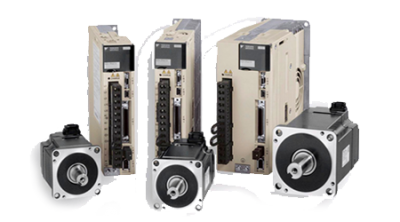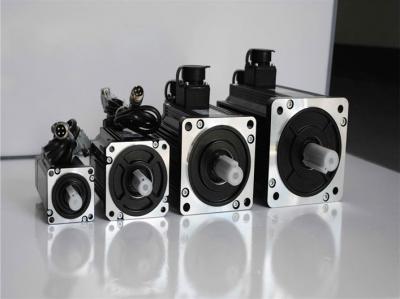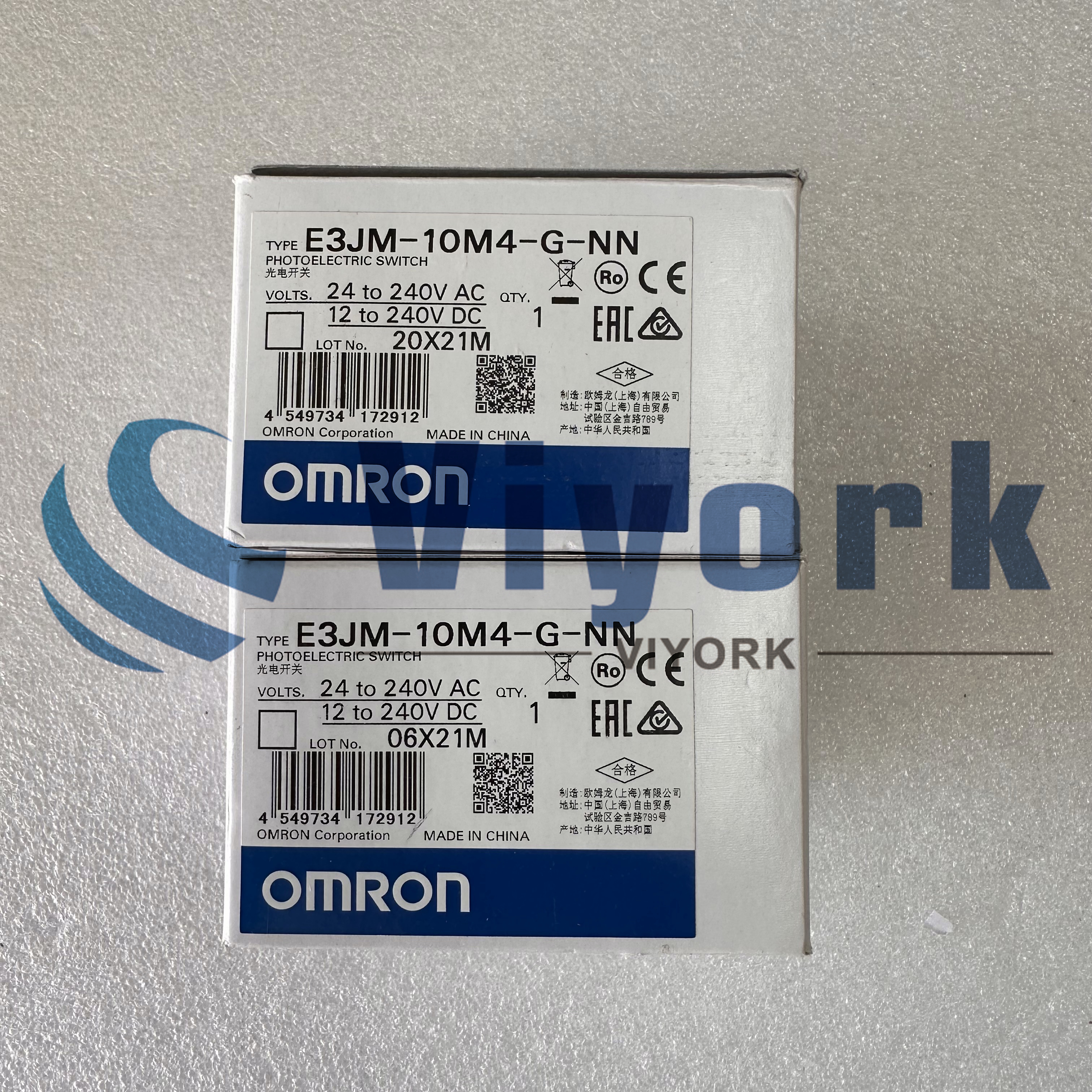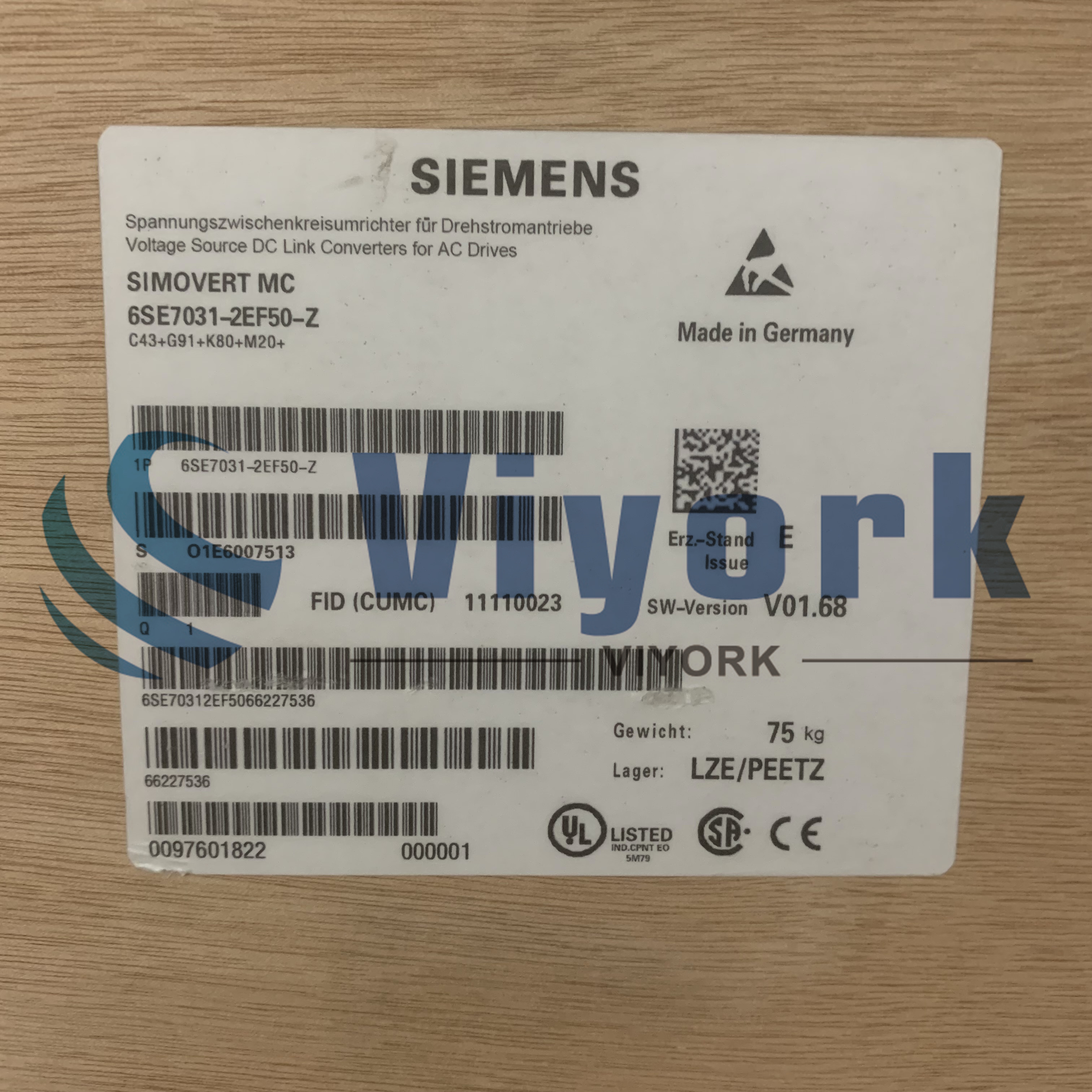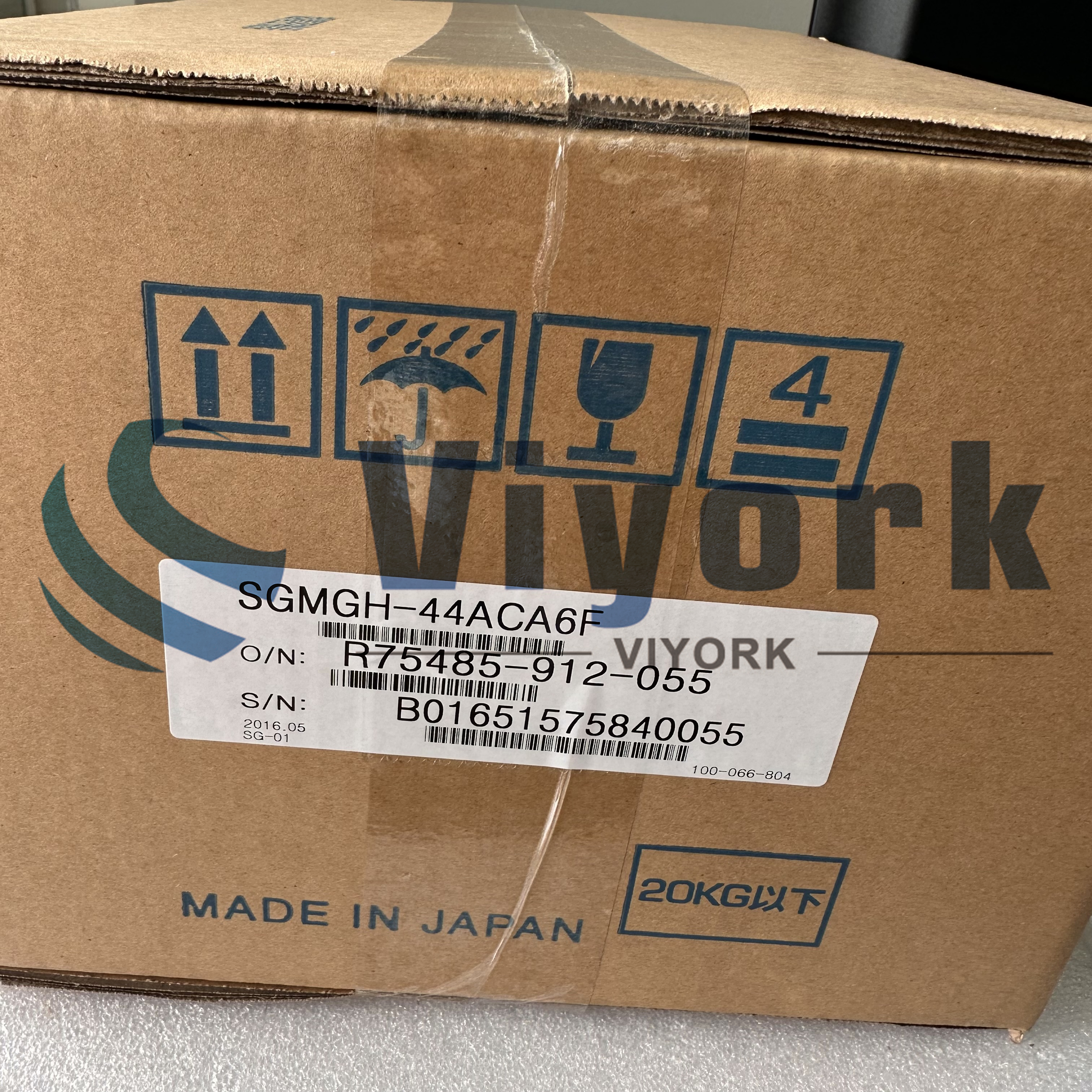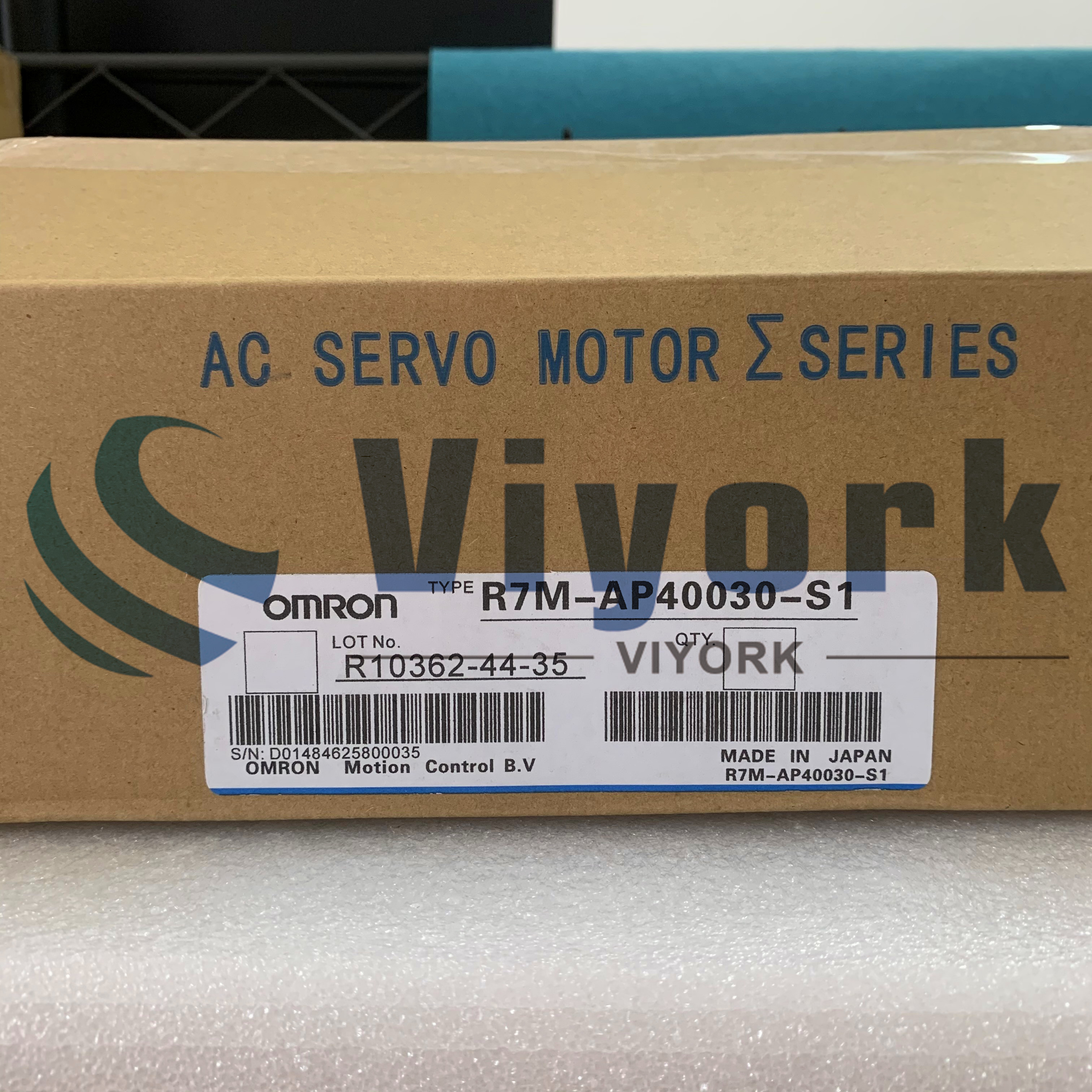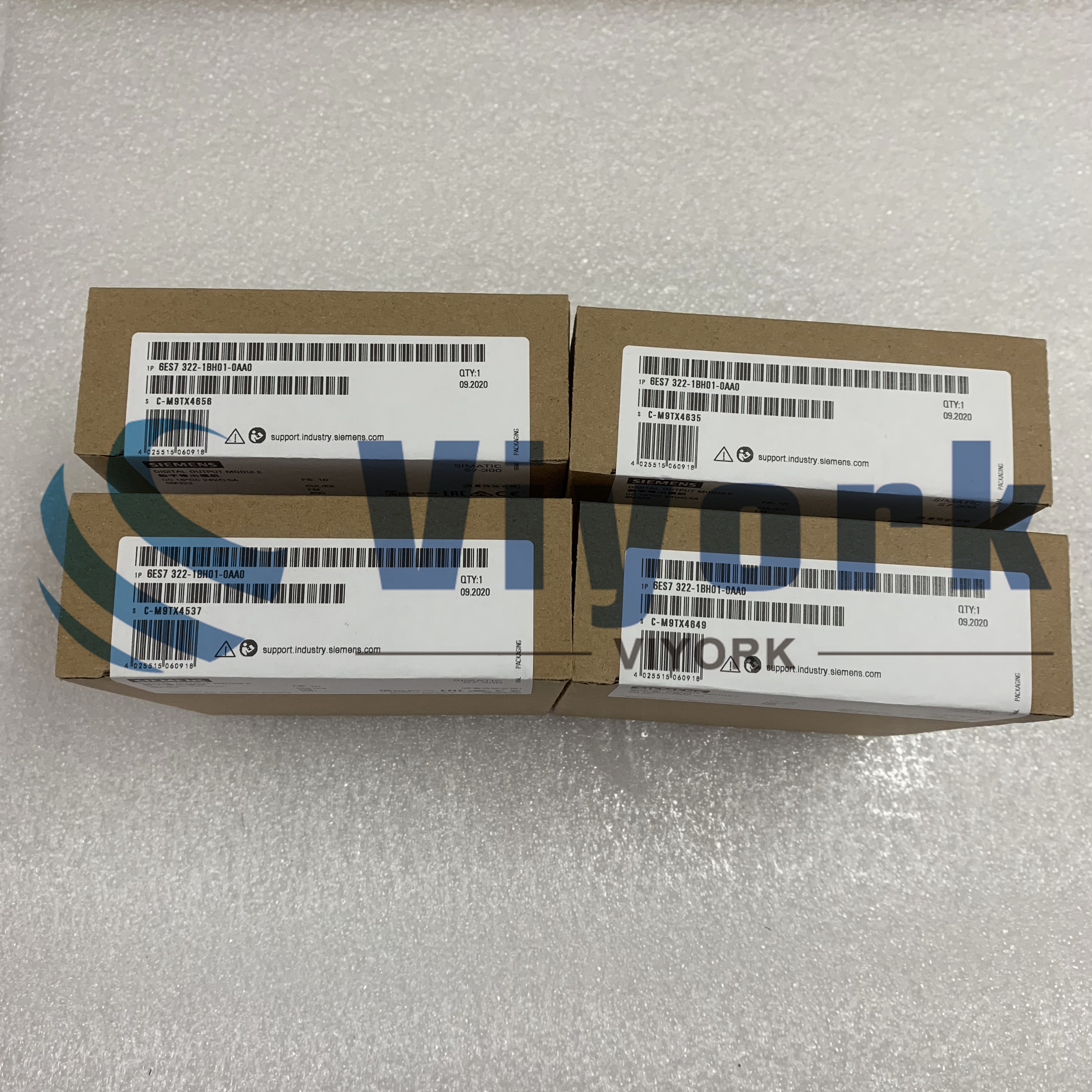Set the external output torque of the motor shaft through external analog input or direct address assignment; for example, 10V corresponds to 10NM, when the external analog is set to 5V, the motor shaft output is 2.5Nm: if the load of motor shaft is lower than 2.5NM, the motor will rotate forward, and if the external load is equal to 2.5NM, the motor will not rotate, and the motor will rotate in a reverse direction if the external load is greater than 2.5NM. The set torque can be changed by instantly changing the analog setting, or by changing the value of the corresponding address through communication.
The main application of AC servo motors: In winding and unwinding devices that have strict requirements on the force of the material, such as winding devices or fiber-optic pulling equipment, the torque setting should be changed at any time according to the change of the winding radius to ensure that the force of the material does not change with the change of winding radius.
Generally, the rotate speed is determined by the externally input pulse frequency, and the rotate angle is determined by the number of pulses. Some servos can also assign values to the speed and displacement through communication. Since the position mode of the AC servo motor has strict control over speed and position, it should generally be used in positioning devices. Application areas include CNC machine tools, printing machinery, etc.
Through the analog input and pulse frequency, the speed can be controlled. The speed mode can also be positioned under the control of outer loop PID with the upper control device, but the position signal of the motor or the position signal of the direct load must be fed back to the upper position for calculation positioning.
Under the position mode of AC servo motor, it also supports direct load outer loop detecting position signal. At this time, the encoder at the motor shaft end only detects the motor speed, and the position signal is provided by the direct detection device at the final load end. This has the advantage of reducing the error in the intermediate transmission process and increasing the positioning accuracy of the entire system.
 Call us on:
Call us on:  Email Us:
Email Us:  1103, Block C, South Building, Luo Fang Road, Luohu District, Shenzhen, 518001, China
1103, Block C, South Building, Luo Fang Road, Luohu District, Shenzhen, 518001, China 
